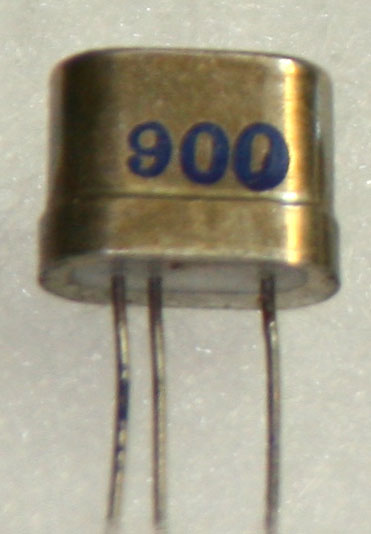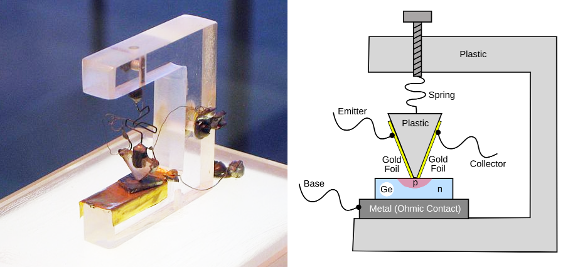

Demonstrate how transistors function as switches or amplifiers (link follows):ģ. build a simple crystal radio (links follow):Ģ. TroutmanĪ History of the Invention of the Transistor - William BrinkmanĮxperiments With Transistors and Solid State Devicesįirst, we suggest a few simple experiments for elementary or middle school students.ġ. The Road to the Transistor - Jed Margolin Matare: An Inventor of the Transistor Has His Moment. The Transistor in a Century of Electronics. Transistorized! The History of the Invention of the Transistor - PBS Who really invented the Transistor? - Bell Labs But the truth must be said that the first working three terminal solid state device (transistor) was invented by the guys from the Bell Laboratories. Some authorities claim that the basic idea of the solid state transistor (MOS field-effect transistor) was introduced by Julius Edgar Lilienfeld in 1925, and that the harbingers of the transistor were experiments, carried out by a few scientists, involving two terminal solid state devices (crystals) during the 1920's. Such is also the case with the invention of the transistor. During the late 1960's and 1970's individual transistors were superseded by integrated circuits in which a multiple of transistors and other components (diodes, resistors, etc.) were formed on a single tiny wafer of semi conducting material.Īs happens sometimes with inventors and inventions, some people claim that the invention was invented by others. Transistors played a pivotal role in the advancement of electronics - their small size, low heat generation, high reliability, and small power requirements made possible the miniaturization of complex circuitry such as required by computers. The transistor proved to be a viable alternative to the vacuum tube.

The three men received the 1956 Physics Nobel Prize for their joint invention. The transistor was invented in 1947 by three American physicists at the Bell Telephone Laboratories, John Bardeen, William Shockley, and Walter Brattain. However, it took many years before the three terminal solid state device - the transistor - was discovered. These point-contact diodes were used to rectify signals, and make simple AM radio receivers (crystal radios).
#FIRST TRANSISTOR HOW TO#
Instead of using electrons in vacuum, scientists began to consider how one might control electrons in solid materials, like metals and semiconductors.Īlready in the 1920's, scientists understood how to make a two terminal device by making a point contact between a sharp metal tip and a piece of semiconductor crystal. The problems with vacuum tubes lead scientists and engineers to think of other ways to make three terminal devices. In the late 1940's, big computers were built with over 10,000 vacuum tubes and occupied over 93 square meters of space. The tubes were too big, not reliable and required so much power that big and complicated circuits took too much energy to run. However, the metal that emitted electrons in the vacuum tubes burned out.


The vacuum tube helped push the development of telephony, radio and computers forward a great deal. In 1906 the American physicist Lee De Forest invented the vacuum tube triode which was the first three terminal device and enabled amplification and switching of electrical signals. "The transistor was probably the most important invention of the 20th Century, and the story behind the invention is one of clashing egos and top secret research." The first transistor ever made, built by John Bardeen, William Shockley and Walter H. John Bardeen, William Shockley, and Walter Brattain


 0 kommentar(er)
0 kommentar(er)
